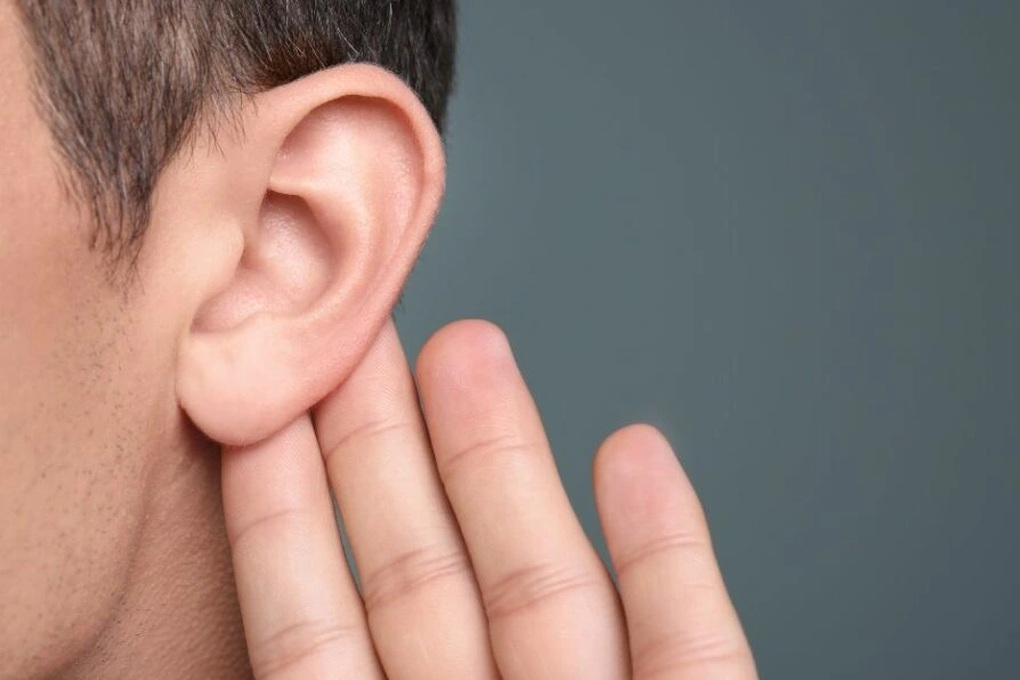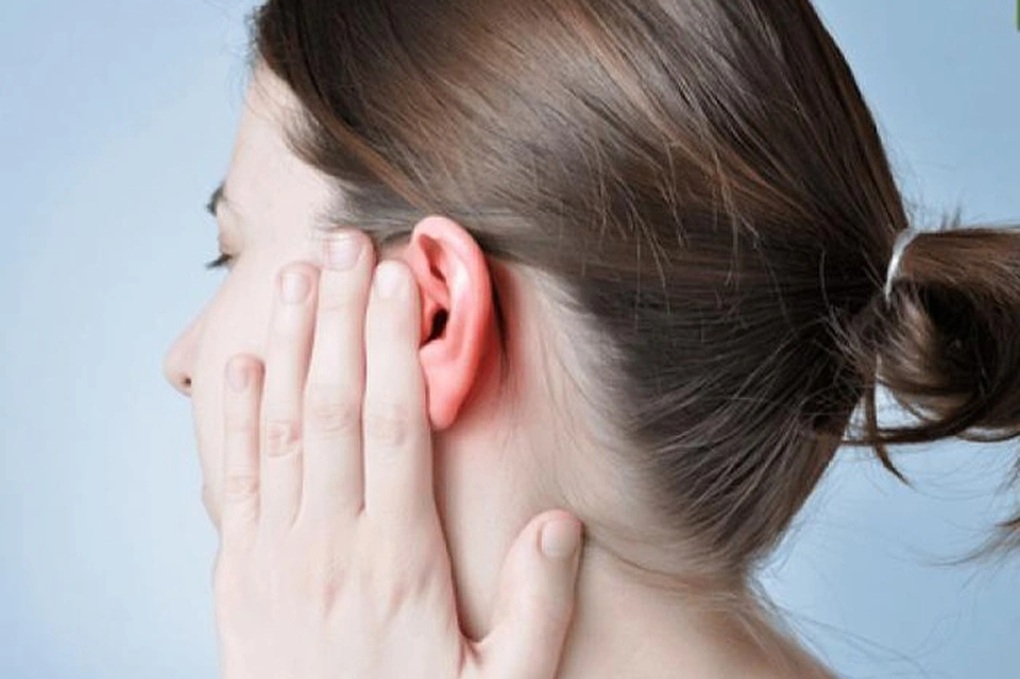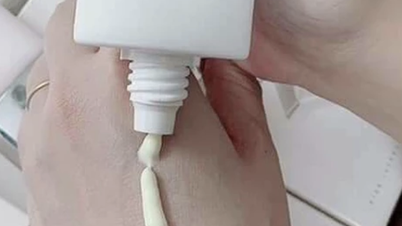In traditional medicine, the ear is considered the "gateway" connecting to internal organs. In modern medicine, this is the area that reflects early some systemic diseases through peripheral signs.
Unusual changes in the ears are not only cosmetic but can also be an early warning of dangerous diseases, especially those related to the liver and kidneys, two organs that are often silently damaged with few obvious symptoms.
1. White, pale ears

Unusually pale, white ears can be a sign of anemia (Photo: Getty).
If your ears, which are usually rosy, suddenly turn pale and lifeless, it could be an early sign of anemia.
In some cases, this condition is not simply due to iron deficiency but is a consequence of chronic kidney failure. As the kidneys fail, their ability to produce erythropoietin, the hormone needed to stimulate the bone marrow to produce red blood cells, also decreases, leading to anemia.
According to Healthline , pale skin (including the ear area) is one of the easily recognizable clinical manifestations in people with anemia.
A study published in the American Journal of Kidney Diseases found that more than 70% of patients with chronic kidney disease had persistent anemia. The skin of the ears, lips, and eyelids were the first places to show this condition.
White ears can also be accompanied by dizziness, low blood pressure, and fatigue. All of these are consequences of reduced blood flow and oxygen to the tissues.
2. Unusual red ears

Red, sore ears can be a sign of a sudden increase in blood pressure (Photo: Getty).
A sudden red, hot ear, or even a slight burning sensation, is not always a natural reaction to the weather. It can be an early sign of a sudden increase in blood pressure, otitis media, or a systemic inflammatory response.
According to Verywell Health , unexplained red ears may be related to vasodilation of the skin due to sympathetic nerve stimulation – often occurring in inflammatory reactions, infections or autonomic nervous system disorders. Red ears can also be an early sign of an ear, nose and throat infection, flu or viral fever.
In some cases, red ears are also an early sign of a drug allergy or sepsis, especially when accompanied by a low-grade fever, fatigue, and chills.
If red ears persist or recur repeatedly for unknown reasons, the patient should have their blood pressure monitored and blood function tests performed to rule out the risk of underlying disease.
3. Purple, gray-black ears
A less noticeable but significant symptom is an unusually blue, gray-black, or darkening of the ear. This is often a sign of poor circulation, tissue hypoxia, or late-stage chronic kidney disease.
When the kidneys cannot filter toxins effectively, waste products such as urea and creatinine build up in the blood, affecting skin pigmentation.
According to a study published in Frontiers in Medicine , more than 60% of patients with chronic kidney disease were noted to have skin darkening, especially in the ears, bridge of the nose, forehead, and around the eyes. This change comes from a disorder in melanin metabolism and nitrogen products that accumulate under the skin.
In addition to kidney disease, purple ears can also be a result of congestive heart failure, when blood stagnates and not enough oxygen reaches the tissues. Patients may also experience symptoms such as leg swelling, fatigue, chest tightness, and shortness of breath.
4. Yellow ears, slightly swollen
If your ears have a distinct yellow tinge, especially on the rim or lobe, you should not take it lightly.
This is an early sign of hyperbilirubinemia, a substance processed by the liver and excreted through bile. When the liver is damaged or the bile ducts are blocked, bilirubin cannot be excreted but accumulates, causing jaundice, yellowing of the skin, yellowing of the eyes, and in some cases, yellowing of the ears.
Cleveland Clinic warns that jaundice accompanied by swelling or itching of the ears can be an early sign of viral hepatitis, cirrhosis, or gallstones blocking the common bile duct.
In addition to discoloration, the affected ear area may be accompanied by mild pain, burning sensation or swelling. This is a sign that a hepatobiliary specialist should be consulted to accurately assess liver and biliary tract function.
Source: https://dantri.com.vn/suc-khoe/4-dau-hieu-o-tai-co-the-canh-bao-benh-than-20250710171025763.htm



![[Photo] National Assembly Chairman Tran Thanh Man holds talks with New Zealand Parliament Chairman](https://vphoto.vietnam.vn/thumb/1200x675/vietnam/resource/IMAGE/2025/8/28/c90fcbe09a1d4a028b7623ae366b741d)
![[Photo] General Secretary To Lam presents the 45-year Party membership badge to comrade Phan Dinh Trac](https://vphoto.vietnam.vn/thumb/1200x675/vietnam/resource/IMAGE/2025/8/28/e2f08c400e504e38ac694bc6142ac331)
![[Photo] Red flag with yellow star flutters in France on National Day September 2](https://vphoto.vietnam.vn/thumb/1200x675/vietnam/resource/IMAGE/2025/8/28/f6fc12215220488bb859230b86b9cc12)
![[Photo] Politburo works with the Standing Committee of Cao Bang Provincial Party Committee and Hue City Party Committee](https://vphoto.vietnam.vn/thumb/1200x675/vietnam/resource/IMAGE/2025/8/28/fee8a847b1ff45188749eb0299c512b2)

![[Photo] General Secretary To Lam attends the opening ceremony of the National Achievements Exhibition](https://vphoto.vietnam.vn/thumb/1200x675/vietnam/resource/IMAGE/2025/8/28/d371751d37634474bb3d91c6f701be7f)

























































































Comment (0)